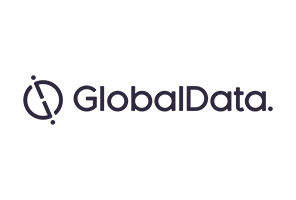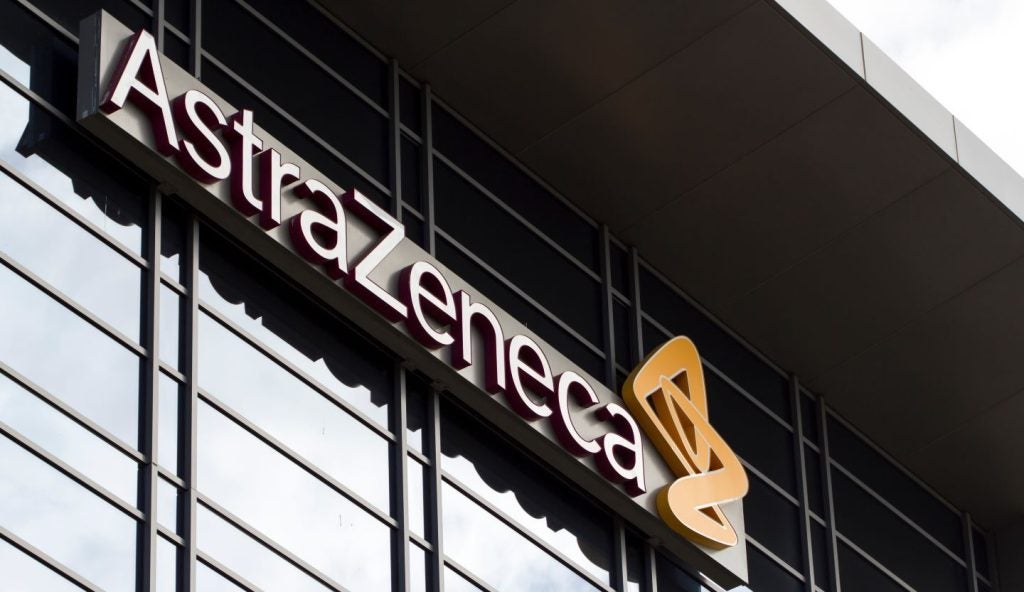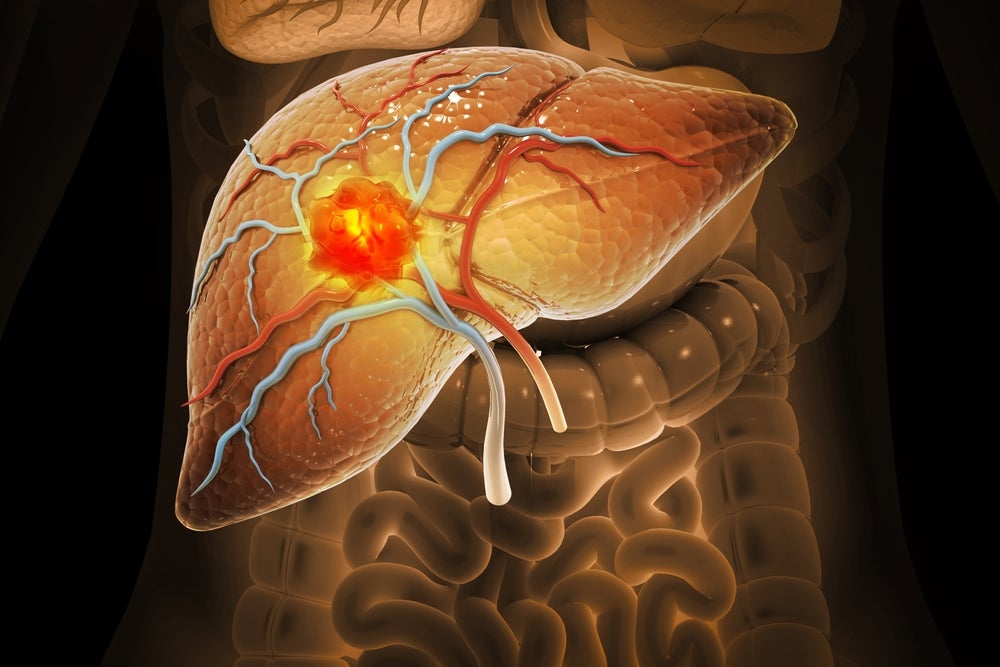
At the ASCO 2017 meeting, the cost benefit of adding monoclonal antibodies (mAb) to induction regimens for multiple myeloma was discussed.
In an abstract describing a Phase IIa study evaluating the addition of BMS’ Empliciti (elotuzumab) to a VRd (Velcade + Revlimid + dexamethasone) induction regimen in patients with newly diagnosed multiple myeloma, investigators reported an overall response rate (ORR) of 100%, with 24% of patients achieving complete response. In a separate Phase Ib study of J&J’s Darzalex added to KRd (Kyprolis + Revlimid + dexamethasone), the ORR was also 100%, with 5% of patients achieving complete response.
Despite the promising preliminary efficacy demonstrated by both Empliciti and Darzalex, when used in combination with standard induction regimens, serious doubts remain over the practicality of these regimens. The three main areas of debate over the usage of mAbs in the frontline revolve around the unproven clinical superiority of these regimens to standard induction regimens, the added risk of toxicity, and whether or not the clinical benefits can justify the high cost of these therapies.
Currently, the clinical benefit of incorporating Empliciti or Darzalex is largely unknown. Data showing response rates is preliminary, with measures of progression-free survival and overall survival yet to be determined in ongoing or planned randomized studies.
In this aspect, there is a substantial possibility of failure, given the high clinical efficacy of the current gold standard induction treatments such as VRd and KRd. In the SWOG S0777 study, which evaluated VRd induction followed by Revlimid maintenance in newly diagnosed MM patients, the ORR was 81.5%, with 15.7% of patients achieving CR. The median PFS was 43 months, and the median OS was 75 months. This impressive clinical efficacy presents a strong challenge to regimens looking to prove superiority.
See Also:
To demonstrate superiority in PFS or OS benefit may be difficult, but there are other ways for mAbs to show value. For example, demonstrating that the addition of mAbs could allow for a shorter duration of induction, remove the need for consolidation therapy, or remove the need for prolonged maintenance therapy with Revlimid. Any of these scenarios, if proven, could drive usage of Empliciti or Darzalex in upfront combination regimens.
How well do you really know your competitors?
Access the most comprehensive Company Profiles on the market, powered by GlobalData. Save hours of research. Gain competitive edge.

Thank you!
Your download email will arrive shortly
Not ready to buy yet? Download a free sample
We are confident about the unique quality of our Company Profiles. However, we want you to make the most beneficial decision for your business, so we offer a free sample that you can download by submitting the below form
By GlobalDataAside from the unproven clinical benefit of adding mAbs to induction regimens, there is also the issue of added toxicity. In the Phase IIa trial of Empliciti + VRd, a higher than expected number of patients (15%) discontinued therapy due to an adverse event. In addition, 50% of patients experienced infections, including one case of grade 5 sepsis, one case of grade 4 sepsis, and four cases of ≥ grade 3 lung infection.
There was one treatment-related death on study, which involved respiratory failure and sepsis, and another treatment-related death that occurred >30 days after the patient discontinued treatment due to sepsis and renal failure. The high risk of infection seen in this Phase IIa trial is a significant safety concern that will need to be addressed with further dose and/or schedule optimization of Empliciti.
Assuming the addition of mAbs to frontline treatment can demonstrate sufficient clinical efficacy, and the underlying toxicities can be mitigated, there remains the question of the feasibility of such regimens from a cost perspective. Cost analysis based on wholesale acquisition costs showed that 12 weeks of Empliciti + VRd induction would cost $107,238, which is almost double the cost of VRd induction alone, at $59,168. These estimates do not take into account supportive care costs, including infusion costs or nursing care costs associated with administering the mAb.
Overall, addition of mAbs to standard frontline treatments in multiple myeloma holds promise. Yet, demonstrating the clinical benefit required to justify the costs of these regimens will be a tall order.







